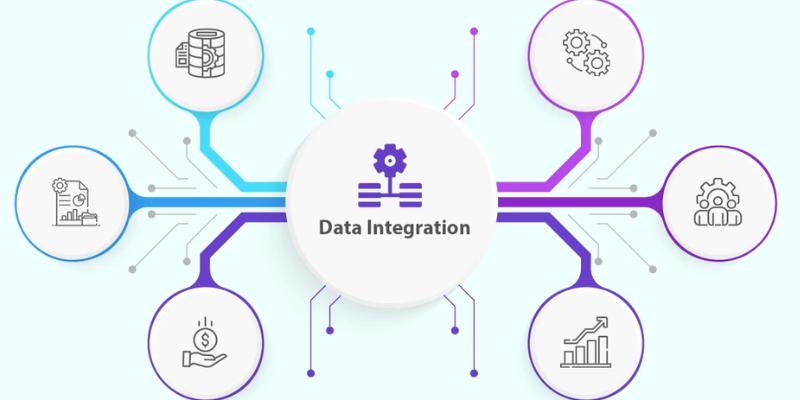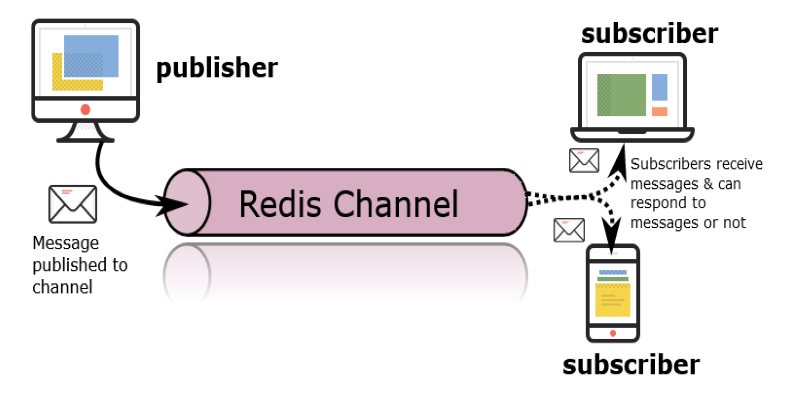Advertisement
The shift toward Artificial Intelligence (AI) is no longer optional—it's essential. However, deploying a single AI tool is not the same as scaling it across your organization. In 2025, success belongs to companies that go beyond experimentation and truly operationalize AI at scale. This means building systems that not only work but deliver consistent, measurable impact across departments.
Scaling AI isn't about hype—it's about creating more intelligent workflows, faster decision-making, and better customer experiences. Yet many businesses stall after initial pilots because they lack a clear strategy for scaling. In this article, we explore five proven methods to implement AI at scale successfully—no matter your industry.
Scaling AI requires a strong technical foundation. Businesses must invest in cloud-based platforms, data lakes, and modern APIs that support high-volume data processing and real-time analytics.
Key Infrastructure Components Include:
This infrastructure not only accelerates model training but ensures AI systems can evolve with business needs.
To implement AI at scale effectively, leadership must drive a clear, unified vision. Without organizational alignment, AI adoption will remain fragmented and ineffective. Here's how to align your organization around a shared AI vision:
A clear vision ensures that AI deployments are purposeful and sustainable across the entire organization.
AI is only as good as the data it learns from—and the people who manage it. One of the most common barriers to AI at scale is poor data quality, as well as limited internal capabilities. To overcome these challenges, focus on the following areas:

Prioritizing data and talent establish the long-term foundation necessary for impactful and trustworthy AI systems.
When scaling AI, it's smart to begin with use cases that show immediate value. This builds confidence, secures executive support, and proves ROI early in the process. Here are a few ways to identify and execute quick-win use cases:
As AI systems scale, the potential for unintended bias, privacy violations, and ethical issues increases. Building trust is essential to long-term AI adoption. Ensure your AI strategy includes the following ethical safeguards:

Responsible AI helps build credibility with customers, regulators, and internal teams—making scale sustainable and safe.
AI at scale isn't about experimenting with isolated tools—it's about transforming how your business operates at every level. Here's what AI at scale enables in 2025 and beyond:
In 2025, the gap will widen between businesses that scale AI—and those left behind.
Scaling AI is powerful, but it comes with its obstacles. Be aware of these hurdles: Common challenges businesses may encounter include:
Addressing these challenges early helps you implement AI at scale more smoothly and sustainably.
Conclusion
AI at scale isn't a futuristic concept—it's the competitive edge businesses are using right now to lead markets, reduce inefficiencies, and delight customers. But scaling AI requires more than advanced tools—it demands the proper foundation, a cross-functional vision, and a commitment to continuous improvement.
The strategies we've outlined are not just ideas—they're action steps for transforming how your business runs in 2025 and beyond. Whether you're refining existing systems or just getting started, now is the time to move forward with purpose. Leap, align your teams, and start implementing AI at scale—before your competitors leave you behind.
Advertisement

How to use a Python For Loop with easy-to-follow examples. This beginner-friendly guide walks you through practical ways to write clean, effective loops in Python

Why is Tesla’s Full Self-Driving under federal scrutiny? From erratic braking to missed stops, NHTSA is investigating safety risks in Tesla’s robotaxis. Here’s what the probe is really about—and why it matters

Explore the underlying engineering of contextual ASR and how it enables Alexa to understand speech in context, making voice interactions feel more natural and intuitive

Discover how an AI platform is transforming newborn eye screening by improving accuracy, reducing costs, and saving live

Discover seven powerful ways AI helps manage uncertainty and improve resilience in today's fast-changing business world.

Domino Data Lab joins Nvidia and NetApp to make managing AI projects easier, faster, and more productive for businesses

Need instant updates across your app? Learn how Redis Pub/Sub enables real-time messaging with zero setup, no queues, and blazing-fast delivery

Explore how Nvidia's generative AI suite revolutionizes the Omniverse, enhancing 3D simulations, automation, and efficiency

Discover how 9 big tech firms are boldly shaping generative AI trends, innovative tools, and the latest industry news.

Not sure how to trust a language model? Learn how to evaluate LLMs for accuracy, reasoning, and task performance—without falling for the hype

LangFlow is a user-friendly interface built on LangChain that lets you create language model applications visually. Reduce development time and test ideas easily with drag-and-drop workflows

Discover how AI in weather prediction boosts planning, safety, and decision-making across energy, farming, and disaster response